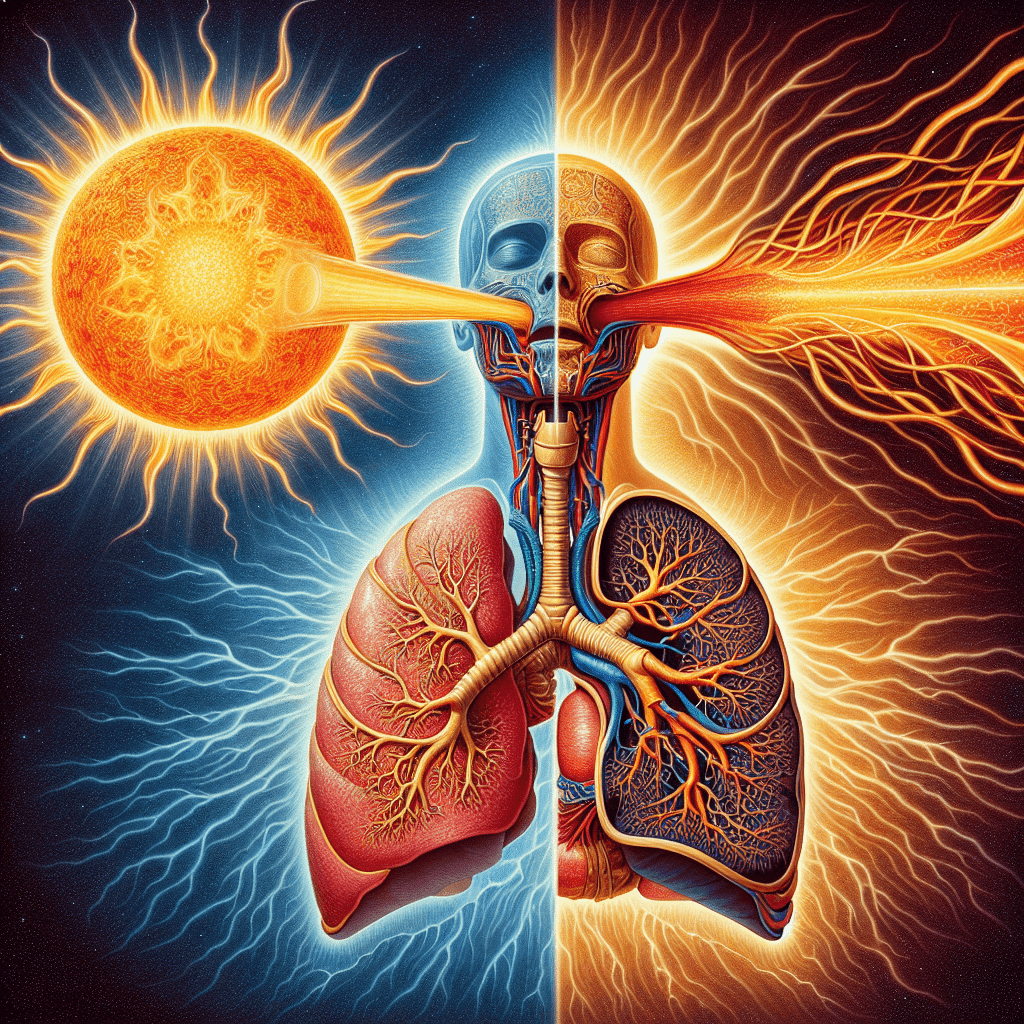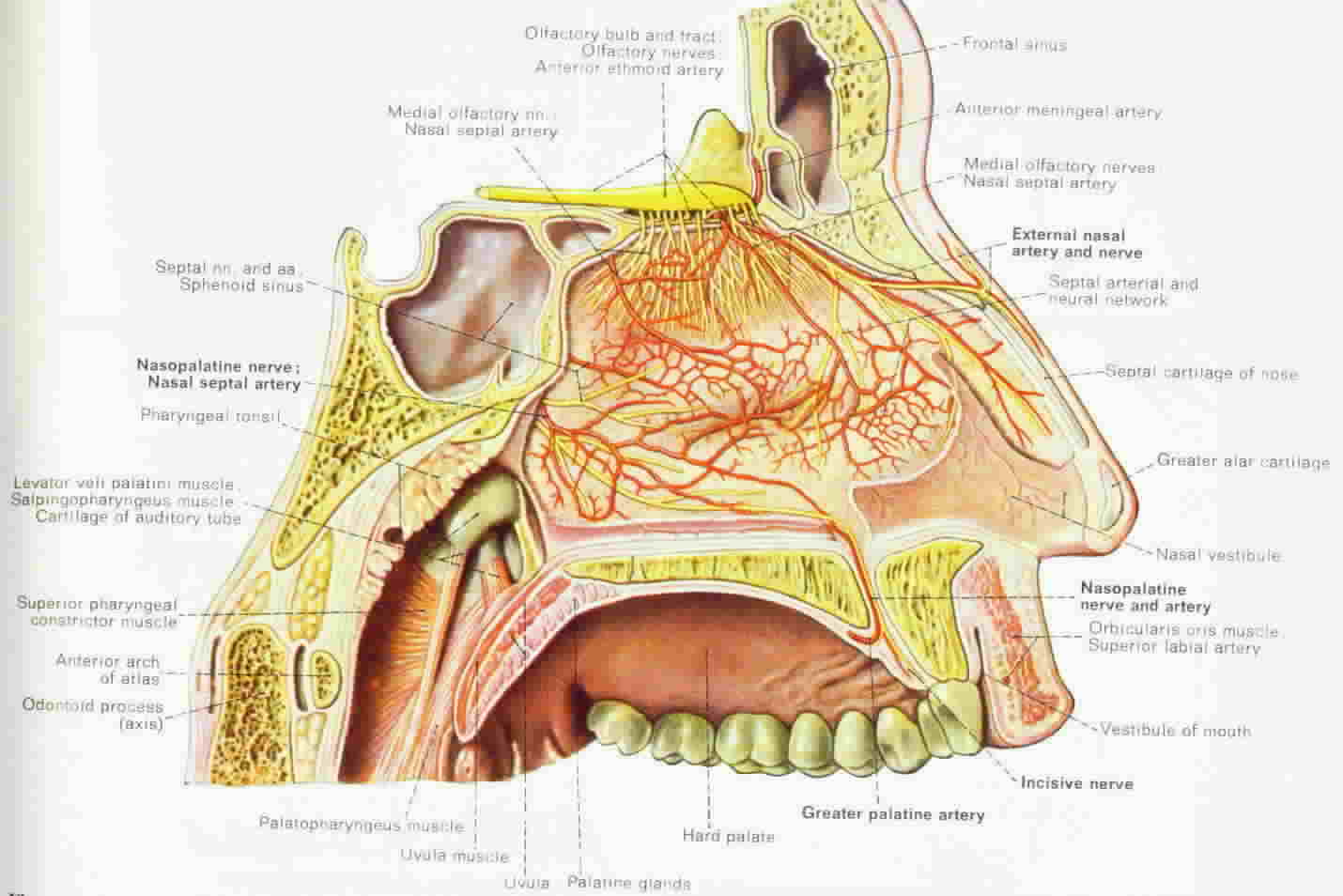The Anatomy of Breath:
In Yoga, the energy of breath is called prana (प्राण, prāṇa) which can be described as solar wind in the atmosphere, or liquid light[6]. Through ventilated aspiration, the yogi ingests the prana into the nervous system. In Hindu literature, Prana is described as originating from the Sun and connecting the elements through the Chakras of the human nervous system and conscious awareness.


